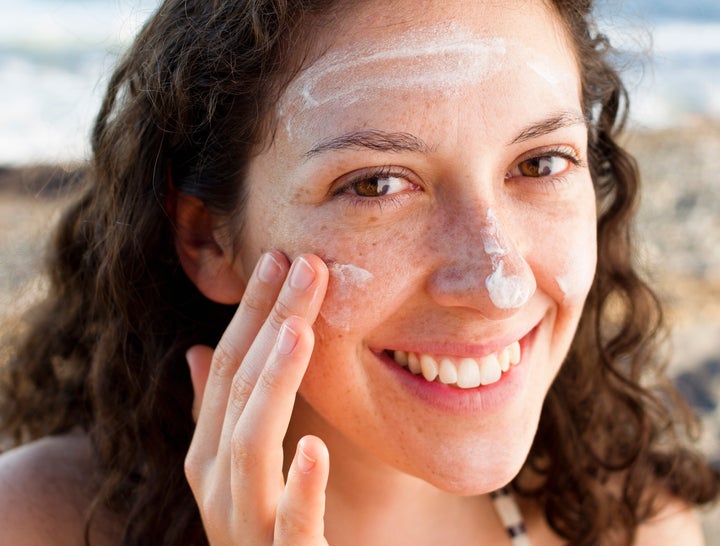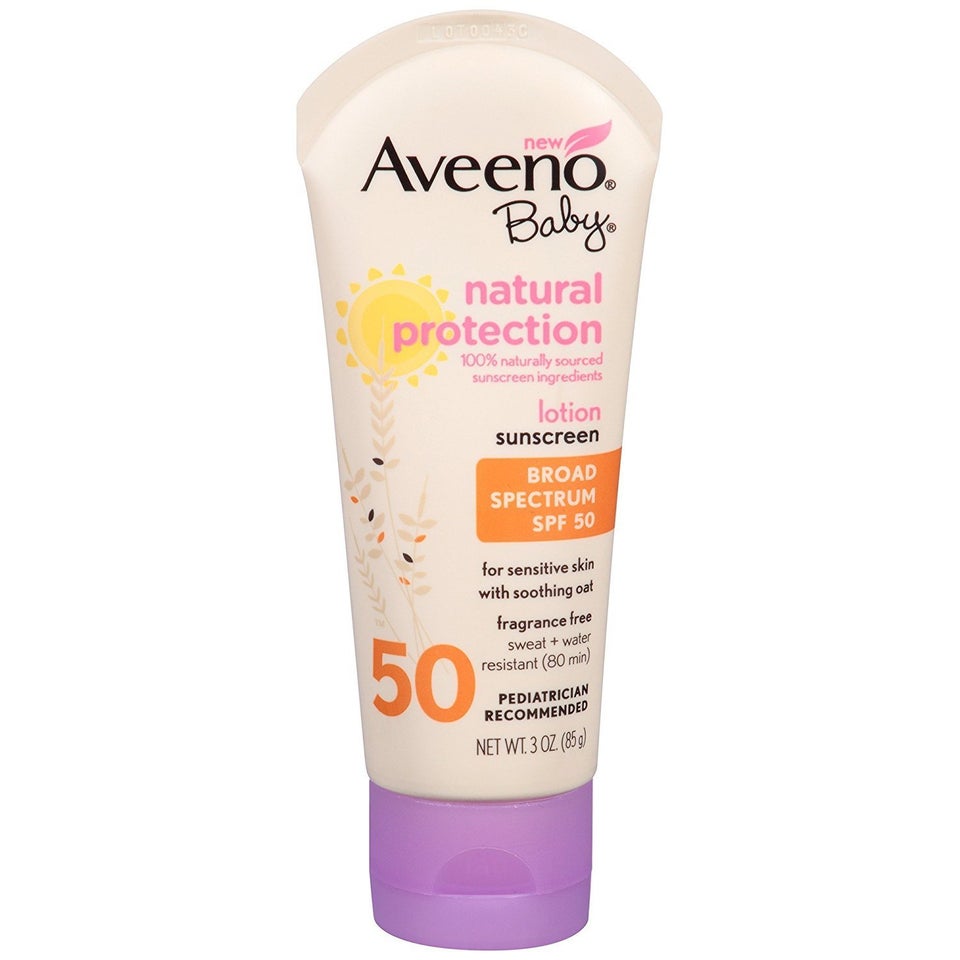
By now, everyone should know that sunscreen is arguably the most important part of any skincare routine.
As Dr. Samer Jaber of Washington Square Dermatology told HuffPost earlier this year, “It doesn’t matter how much money you spend on oils or retinol and vitamin C. If you’re not getting good sun protection, you’re wasting your money.”
No matter what time of year, everyone should be using sunscreen, especially on parts of the body that are regularly exposed to the sun, like the face. Figuring out when to layer sunscreen into your beauty routine, though, can get a little confusing. There’s one common question you may have asked yourself: Does sunscreen go on before or after your daily moisturizer?
As it happens, even dermatologists don’t always agree on the answer. We asked a few to share their expert opinions on when to apply sunscreen in your beauty routine. And while they shared different views, they did agree on one thing: Everyone should be using sunscreen.
For your everyday beauty routine, the dermatologists we spoke to recommended using physical sunblock over chemical sunblock, with an SPF of at least 30. Physical sunscreens contain mineral ingredients such as zinc oxide or titanium dioxide, which reflect ultraviolet rays. Chemical sunscreens, usually containing ingredients like oxybenzone, octinoxate, octisalate and avobenzone, rely on a chemical reaction to protect the skin, Dr. Melda Isaac, a board-certified dermatologist based in Washington, D.C. explained. Chemical sunscreens absorb UV rays and release them as infrared rays.
“Chemical based sunscreens degrade more quickly when you’re exposed to the sun,” Isaac said, noting that they aren’t as stable as physical formulas. Physical sunblocks, she noted, aren’t “bulletproof,” but “they hold up so much better and deliver much better sun protection.”
The simplest way to remember when to apply sunscreen, according to Isaac, is that you want to put it on as close to the end of your beauty routine as possible ― on top of any medicated treatments, antioxidant serums and moisturizer.
A simple rule of thumb? “Cleanse, medicate, moisturize, protect,” she said.
The layering order also depends on what type of sunscreen you use ― powder or lotion.
“If you are using a cream-based or lotion-based sunscreen, which most people do, you want to put that on after your moisturizer,” Isaac said. “If you mix it in with your moisturizer, you’re diluting your sunscreen and its ability to protect. Then you would put on makeup, if someone’s choosing to wear makeup.”
Another reason for using this method, Isaac said, is because sunscreens that contain zinc oxide and titanium dioxide can be a little bit drying. So, if you add your moisturizer first, you won’t be left with sticky or gritty residue.
If you’re using a powder sunscreen, Isaac said it can be applied on top of makeup, much like a finishing powder. A benefit to powders is that they can be easily reapplied throughout the day, without worrying about smudging or rubbing off your makeup.
Dr. Y. Claire Chang at Union Square Laser Dermatology agreed that sunscreen should be part of everyone’s regimen, but shared an alternate opinion for when to apply it.
“In the morning, I recommend gentle cleansing, then applying products with active ingredients (like vitamin C or glycolic acid), then applying a base layer of sunscreen prior to moisturizer and make-up,” she told HuffPost earlier this year.
“There has been a lot of publicity over the past few years of why sunscreens may not be as efficacious as reported. Many times, this is because patients are not applying the amount of sunscreen needed for the level of SPF protection advertised,” Chang added. “I recommend using a thick enough layer and reapplication of sunscreen every 2-3 hours if staying outdoors to ensure optimal protection.”
Jaber sat somewhere in the middle, noting that he usually recommends applying sunscreen before moisturizer, “but it depends on the person.”
“I think this is controversial,” he said. “Some dermatologists will tell people to put it on first, some will tell them to put it on after. Personally, for me, I put on sunscreen and then a moisturizer, but a lot of times, putting on moisturizer then sunscreen is fine, too. It’s more about making sure you’re putting the right amount on [...] making sure you have good coverage on your face.”
At the end of the day, just do yourself a favor and wear sunscreen. Your skin will thank you.
